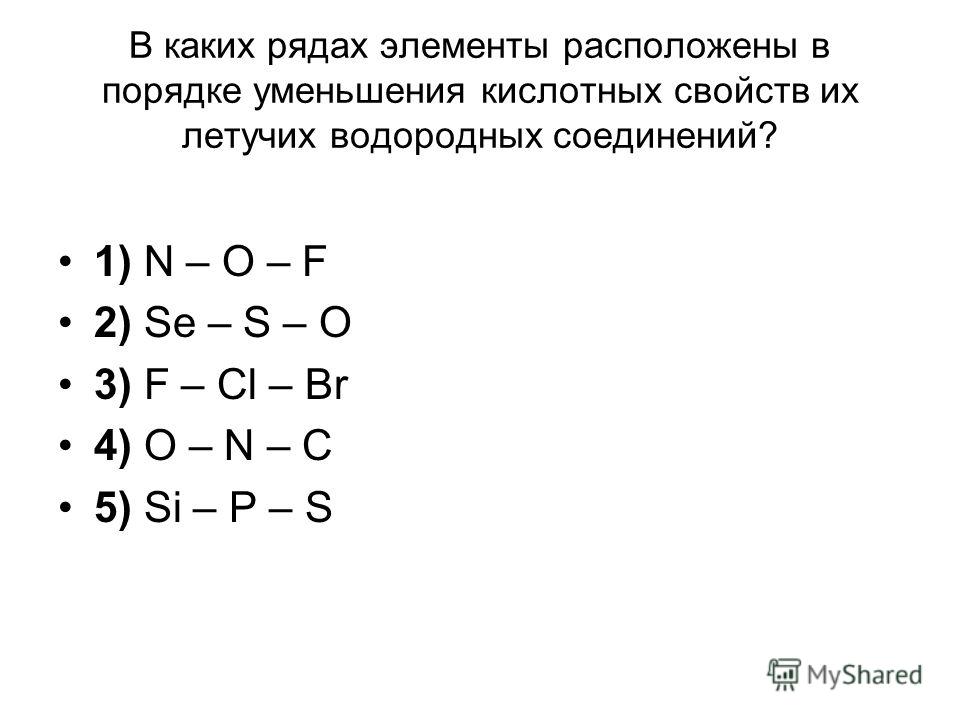
Russkaya gramota 1 klass isaeva aksenova luzakov otveti. So there is just no one-to-one mapping. However, I am not sure how these map to the device name format I see in the event log entry. If I replace the enclosure.
Regioni V Evropa: Balkanski Poluostrov, Zakavkazie, Iberii Ski Poluostrov, Iztochna Evropa, Istoricheski Oblasti V Evropa, Yuzhna Evropa by Iztochnik Wikipedia starting at. Regioni V Evropa: Balkanski Poluostrov, Zakavkazie, Iberii Ski Poluostrov, Iztochna Evropa, Istoricheski Oblasti V Evropa, Yuzhna Evropa has 0 available edition to buy at Alibris. Legal education, preparation for the practice of law.Instruction in law has been offered in universities since medieval times, but, since the advent of university-based law schools in the 18th and 19th centuries, legal education has faced the challenge of reconciling its aim of teaching law as one of the academic disciplines with its goal of preparing persons to become members of a profession.
From the essays of a young scholar in Kamchatka whose historical interests led him to a reassessment of Trotsky, to a student-sponsored exhibit of paintings by a local surrealist artist in Irkutsk, to verbal clashes between students at Novosibirsk State University and visiting Americans during 1970 May Day protests against the war in Vietnam, Aleksei Borzenkov surveys youth political and cultural activity in the Urals, Siberia, and the Russian Far East from de-Stalinization through perestroika. Readers interested in Soviet youth culture, student life, and grassroots political expression will find a wealth of detail about individuals, organizations, and student publications; a bibliographic review in the introduction and thorough footnotes provide an extensive guide for further research. This multivolume work thus makes an important contribution on a topic about which there is little available information. The book falls short, however, in providing an explanation or analysis for the activities it chronicles, while its structure makes it difficult for the reader to connect on-the-ground activities to larger social and political trends.
Borzenkov draws on materials from 40 local and regional archives, as well as personal collections, interviews with participants, and journalistic reminiscences that appeared after perestroika. He also cites extensively from regional and youth publications. The books include chapters devoted to a wide range of youth activities, including May Day festivals ( maevki), institute- and factory-based singing and theater groups, student publications, youth-initiated discussions, and underground organizations. The first volume is devoted to officially sponsored youth programs, while the second deals with informal, unauthorized, and nonconformist activity. Free download program pocketdate boy crack 2017. A third, supplementary volume contains photographs and reproductions of the people, events, and works discussed. [End Page 153] An introductory chapter makes the book's strongest attempt at analyzing the upswing of student activism in the 1960s, citing primarily demographic and economic factors.
Not only did youth make up a relatively high percentage of the overall population during this period, but increasing investments in higher education allowed rapid growth in the number of students at universities and technical institutes, which became the seedbeds of youth activity. Students, buoyed by relative prosperity in the 1960s and early 1970s, enjoyed improved university facilities and looked optimistically toward the prospect of upward mobility. The increasing flow of information from abroad, access to travel, and interaction with visiting foreign students and activists also expanded young peoples' political horizons, and plugged them into an international context of student activism and Third World revolutionary struggle. The presence of deportees and released political prisoners magnified the political effect of the 20th Party Congress in these eastern regions. Borzenkov argues that the area from the Urals to the Russian Far East constituted a coherent sphere of youth culture during the period of his study. Ten cities served as centers of youth culture, with Sverdlovsk and Novosibirsk in leading roles.
Throughout the chapters that follow, Borzenkov outlines the ways in which youth communicated with their peers across the region, in festivals of political songs and regional writers' conferences, in youth publications with a national or regional readership, and through relocation of individual student leaders (including involuntary transfers following expulsion from institutes for their political work). Borzenkov also mentions notable exceptions to the general concentration of youth activity within higher educational institutions, including May Day festivals in the industrial town of Mirnyi in Yakutia and a poetry group at the Novosibirsk Siblitmash factory. Through the wide range of activities he covers, Borzenkov reminds us that much, if not most, youth activism in this period celebrated Soviet achievements and officially sponsored causes, especially fundraising and political solidarity demonstrations with Third World revolutionary movements.